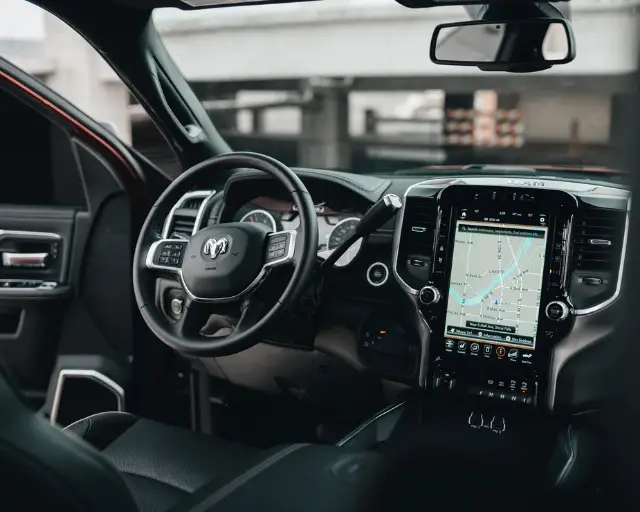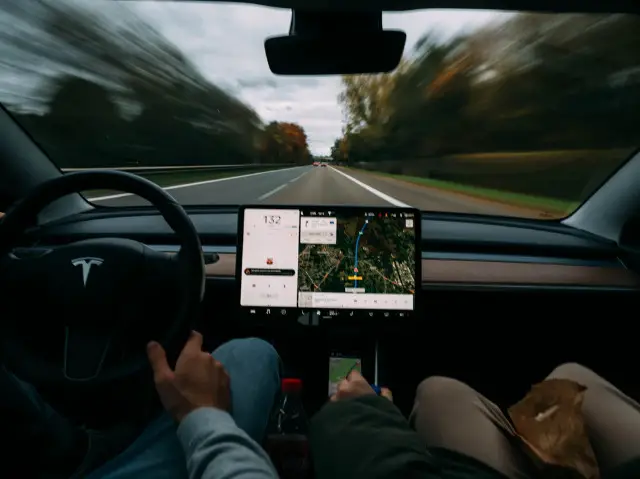Driving is the essential mode of day-to-day transportation for a majority of the population. Especially those who travel long distances. With the increase in the number of vehicles on the road and subsequently an increase in road traffic accidents it is no surprise that technology has caught up to address the issue of road safety. With technology that makes drivers less susceptible to accident risk, driving has become safer. What are these new inventions that can help reduce accidents? Below is a list of a few of these features vehicles may have to make your daily commute a safe one.

1. Auto Emergency Braking (AEB)
As the name suggests, this feature in vehicles alerts the driver and will help the driver apply brakes when it senses an impending collision. If the driver neglects to react to the notice, AEB will freely apply the brakes. The technology uses radars to measure the distance between itself and the vehicles around it. Then it responds automatically if it senses a sudden decrease in the distance. We believe it is a must-have feature for every automobile manufacturer.
2. Rearview Backup Cameras
A camera at the back of a vehicle provides a 360 view. This helps in eliminating blind spots for drivers thus reducing the risk of accidents when the vehicle is backing up. The camera system is a combination of sensors on all sides of the vehicle with a display inside the car the driver can use to navigate while parking the vehicle or reversing it. This feature is especially helpful in longer vehicles like trucks. Most new vehicles all come with this technology already but it is also easy to install in older vehicles that don’t already have the feature.
3. Dashboard Cameras
Self-explanatory and conveniently abbreviated to Dash-Cams, these cameras on the dashboard. This allows drivers to record what’s happening on the road. Thus they are especially helpful in case of accidents to reduce liability and provide proof to car insurance providers. Many truck companies or fleet managers use a dashcam for fleets to monitor the location and activities of their drivers. Additionally this ensures that the company is safe from liability in case of accidents. The technology can also come with a GPS tracker that discourages drivers from making unnecessary stops along their routes.
4. Lane Departure Warning/Keeping Systems
Perhaps the most useful invention to prevent accidents, this technology employs lane detection using cameras to keep vehicles in their respective lanes. When the technology senses the vehicle drifting out of its lane, it sends either an audio, visual or physical (vibration) warning to alert the driver. The lane departure warning is usually also has a lane-keeping system that autocorrects the car to its lane when the driver fails to do so. This technology is extremely useful in preventing collisions that can occur when a vehicle heads into oncoming traffic.
5. Safe Driving Apps
Many road accidents occur due to distraction. Especially when drivers use their cell phones. Safe driving applications integrate phone usage with the vehicle via Bluetooth. This enables features like hands-free for phone dialing, texting, GPS and even playing music to limit cell phone usage. Additionally, there are apps that help with navigation and inform drivers of any traffic hazards that they might face on their journey. The future of safe driving apps may help in communicating with other vehicles around the driver to decrease accidents.
6. The Drowsiness Detection System
Using a camera to monitor the driver, the drowsiness detection system tracks the driver’s eyelids and head movements to determine if the driver is awake. When the system detects drowsiness, it activates an audio/visual alarm to alert the driver. This technology also triggers on drives over 2 hours by using a warning light to encourage the driver to stop, rest and recuperate.

New advances to improve auto wellbeing have seen significant growth. Accordingly, automobile creators are taking auto wellbeing to the next level by acquainting advancements planned with forestall mishaps before they happen. There is no doubt that technology is quickly catching up to minimize road accidents and protect drivers. It is however not only up to technology to ensure a safe journey. While technology may reduce the risk caused by human error, the onus is on drivers to use said technology wisely to protect themselves and others on the road.
The post How Technology Works To Protect Drivers and Minimize Accident Risk appeared first on Mike Gingerich.
Read more: mikegingerich.com









